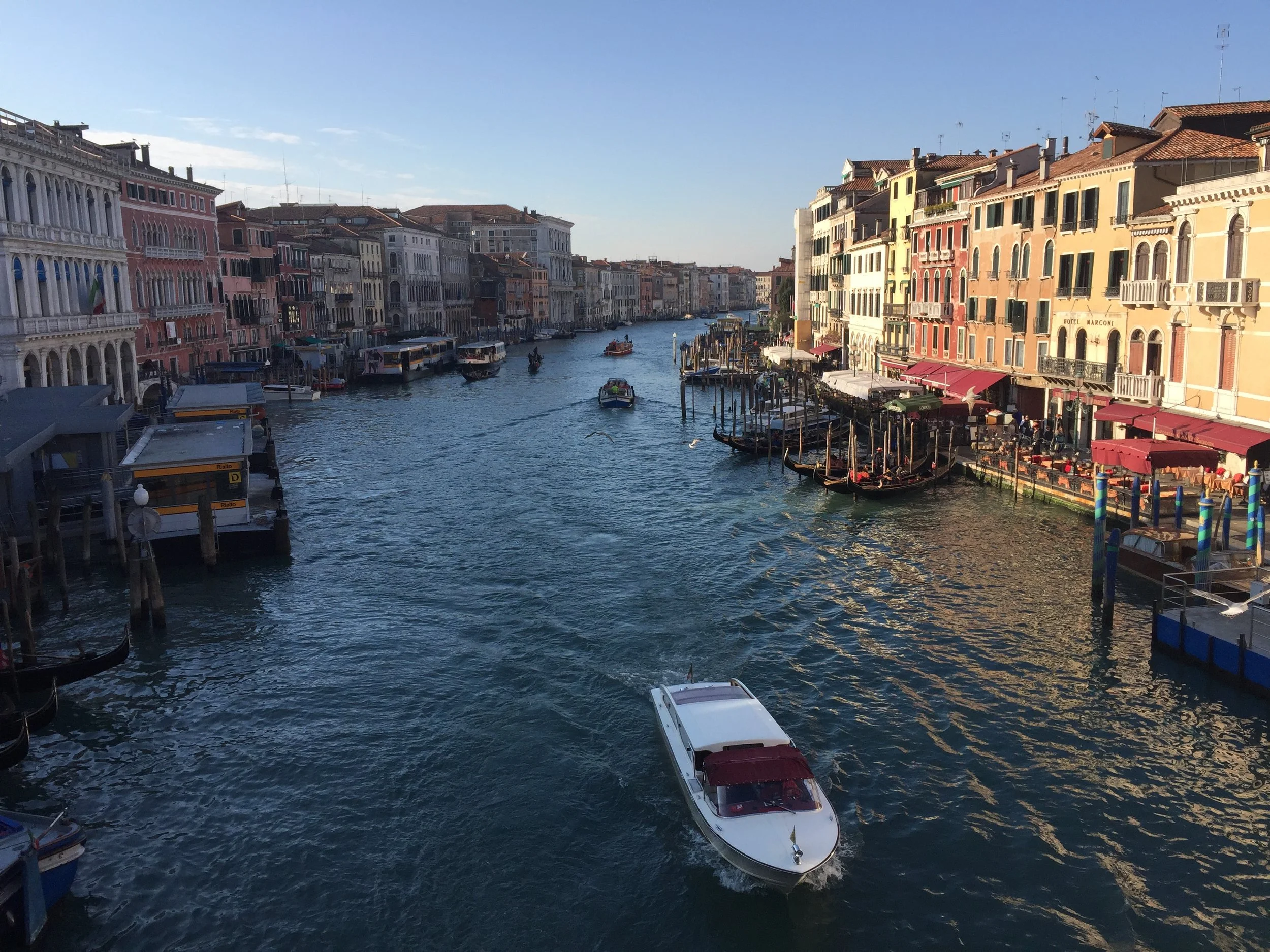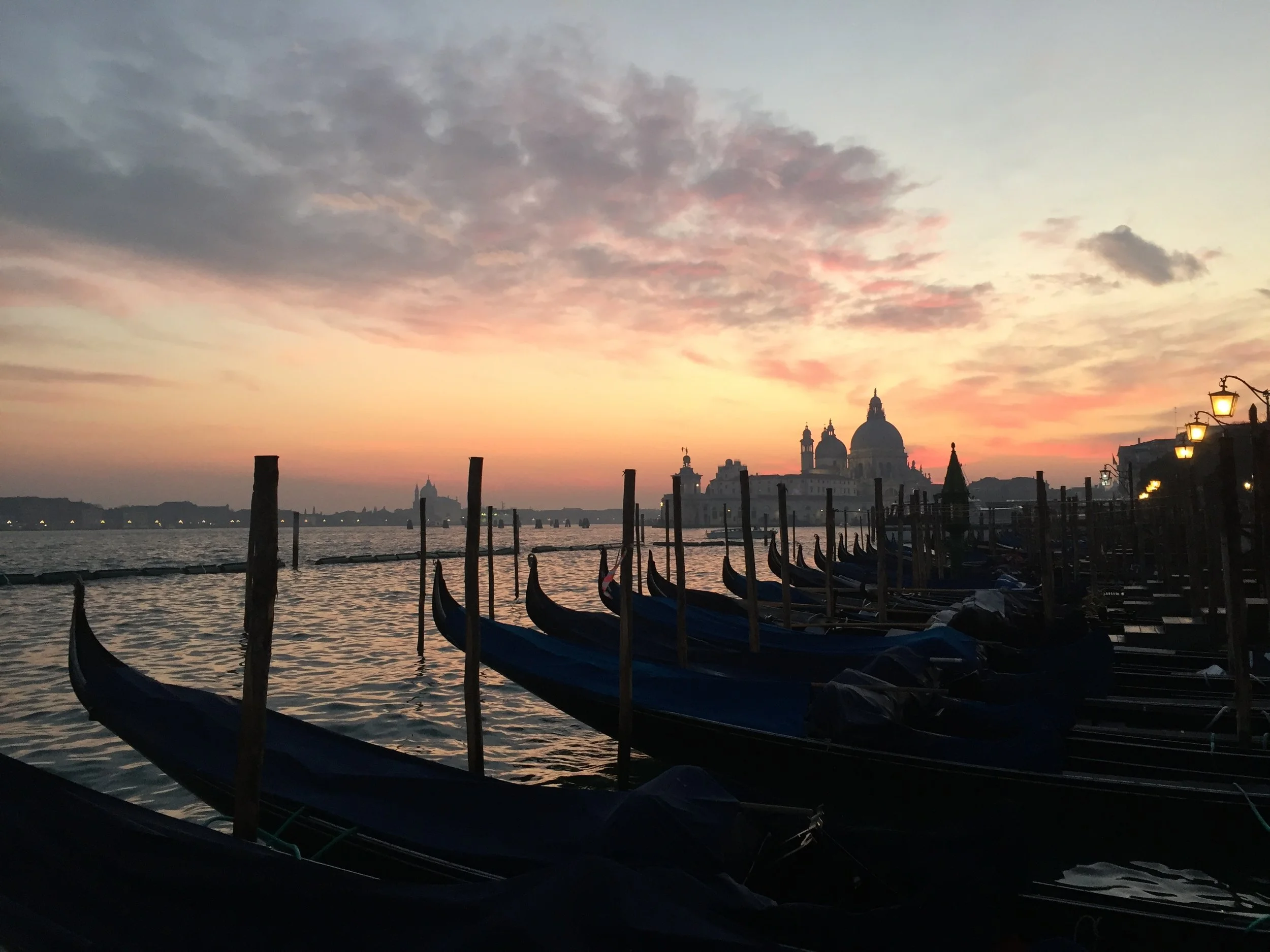Nestled in the western Pacific Ocean, Palau is a stunning archipelago that beckons travelers with its crystal-clear waters, vibrant marine life, and rich cultural heritage. Comprising over 500 islands, only a few of which are inhabited, Palau offers an escape into nature's untouched beauty. Whether you are an adventure seeker, a history enthusiast, or simply looking to relax by the beach, Palau has something for everyone.
Palau by Kurt Cotoaga
One of the most remarkable aspects of visiting Palau is its biodiversity. The waters surrounding the islands are home to a large array of marine species, making it a haven for divers and snorkelers. The famous Jellyfish Lake, located on Eil Malk Island, attracts visitors who are eager to swim among millions of harmless jellyfish, creating a surreal experience that feels like stepping into another world. Diving in Palau offers the chance to encounter vibrant coral reefs, wartime shipwrecks, and the majestic manta rays that glide effortlessly through the ocean depths.
Aside from its underwater treasures, Palau is also rich in cultural heritage. The local population, predominantly belonging to the Palauan ethnicity, takes pride in their traditions and customs that date back thousands of years. Visitors can engage with the culture by participating in traditional dances, feasting on local delicacies, and visiting historical sites such as the Belau National Museum, which showcases artifacts that reflect the islands' history and evolution. One of the most significant cultural events is the annual Ngermesech Festival, a celebration that highlights Palauan music, dance, and crafts, allowing visitors to immerse themselves in the local way of life.
Land-based adventures await those willing to explore Palau’s lush interiors. The Rock Islands, designated as a UNESCO World Heritage site, are famous for their unique limestone formations and dense tropical forests. Kayaking through the lagoons and lagoons of these islands provides breathtaking views and an opportunity to witness the diverse flora and fauna up close. Hiking enthusiasts can explore jungle trails that lead to hidden waterfalls or take in panoramic views from the island summits, which offer a rewarding glimpse of Palau’s natural splendor.
In addition to its breathtaking scenery and rich culture, Palau is committed to environmental conservation, making it a model for sustainable tourism. The government has implemented various measures to protect the marine ecosystem, including establishing marine protected areas and promoting eco-friendly practices among tourists. Travelers can contribute to this conservation effort by engaging in environmentally responsible activities, such as reef-safe snorkeling and supporting local businesses that prioritize sustainability.
Visitors to Palau will also enjoy the warm hospitality of the local people. Known for their friendliness and welcoming nature, the Palauan community is eager to share their island home with others. This sense of kinship creates an inviting atmosphere that makes visitors feel at home, fostering memorable connections between cultures.
In a nutshell, a trip to Palau is an invitation to explore one of the most beautiful and pristine environments on the planet. With its exceptional marine biodiversity, rich cultural heritage, commitment to conservation, and friendly locals, Palau stands as a testament to the wonders that nature has to offer. For those seeking an unforgettable getaway filled with adventure, relaxation, and cultural immersion, Palau is undoubtedly a destination worth considering. Whether diving into the depths of the ocean or trekking through lush jungles, every moment spent in this tropical paradise leaves an indelible mark on the heart.























